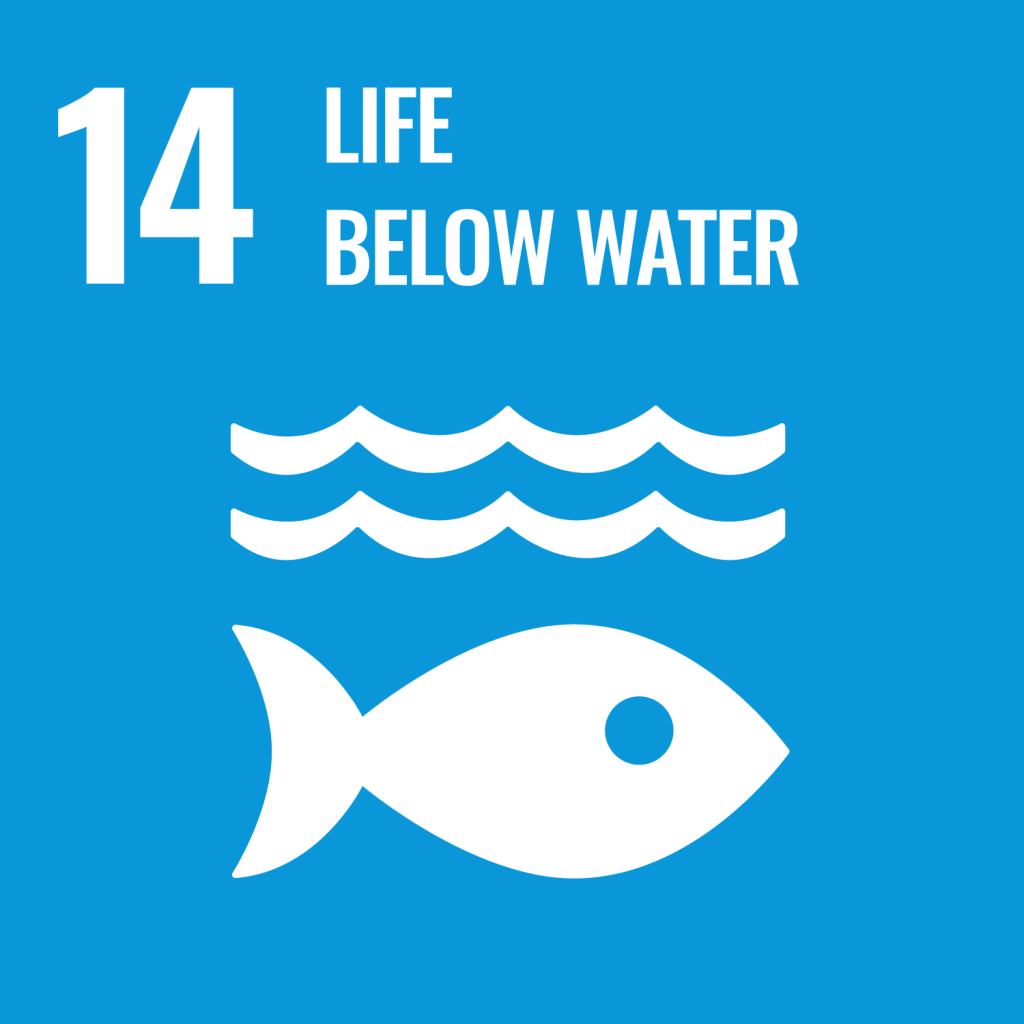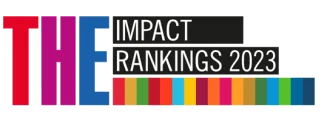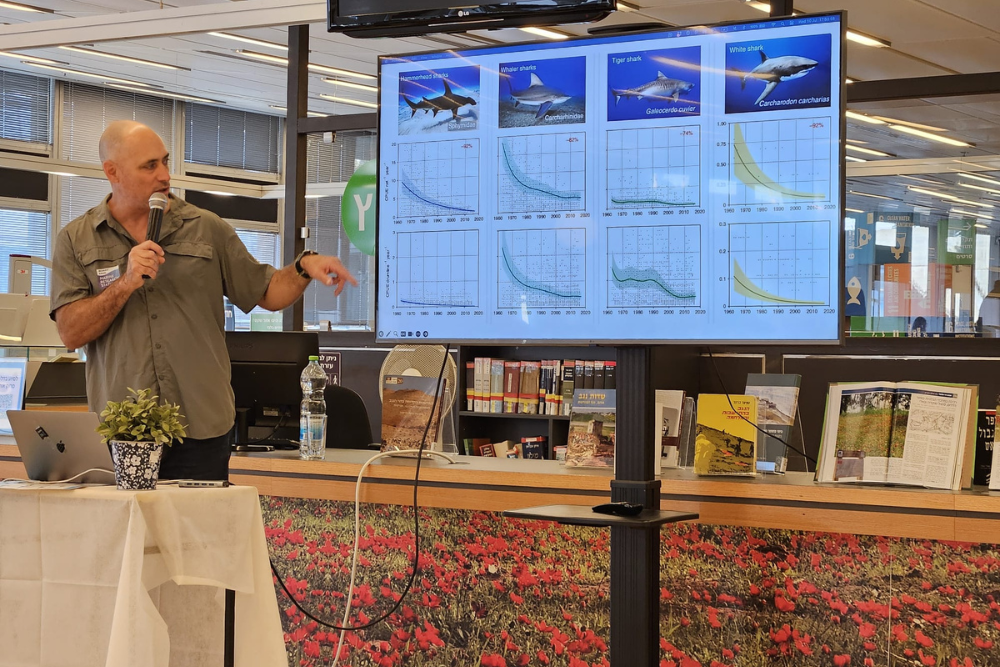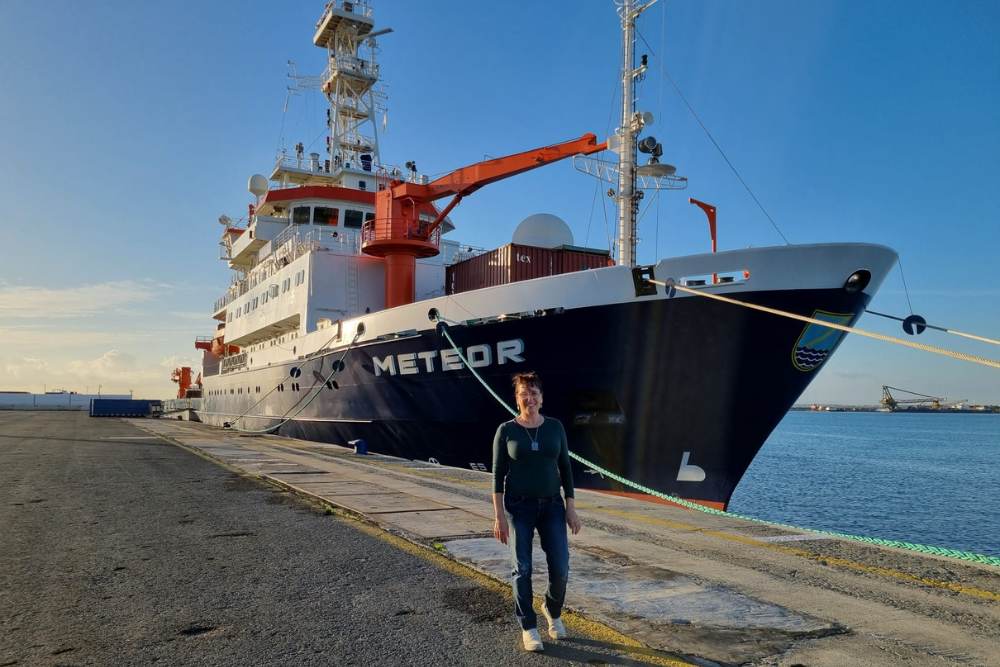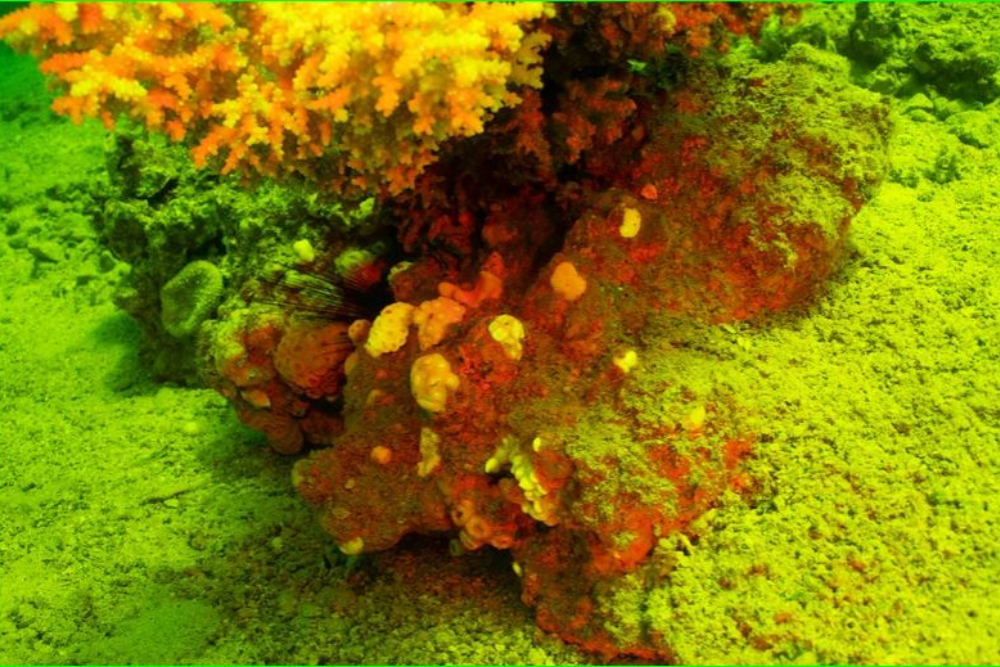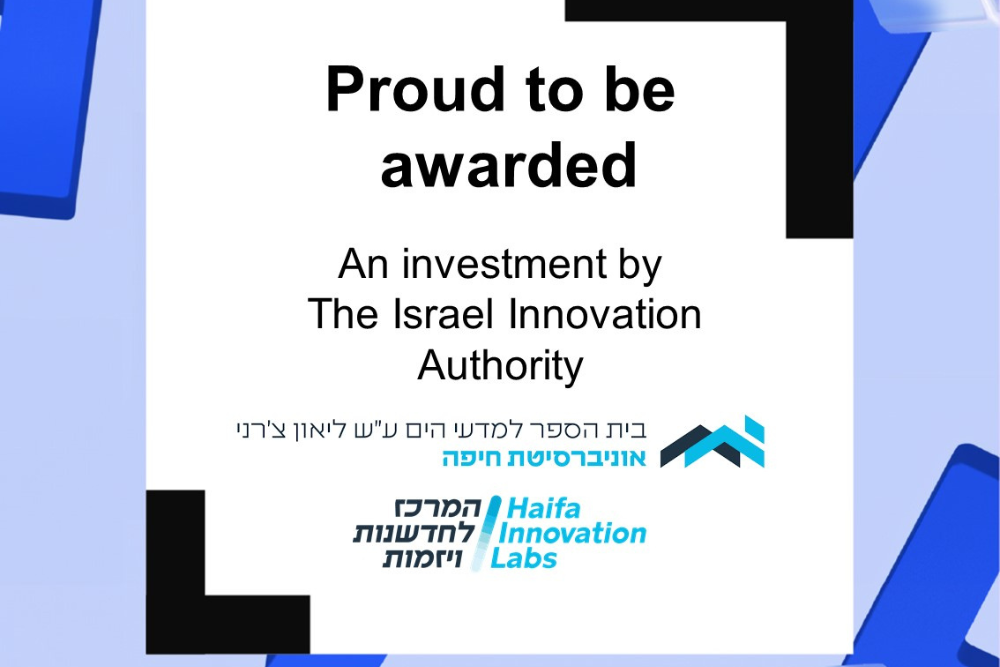Minimizing alteration of aquatic ecosystems
By: The university administration
Published in:
SDGs : SDG 13, SDG 14, SDG 15 | Units: Administration | Time: ongoing | Link
Description: In addition to adhering to all national and international regulations regarding the alteration of aquatic ecosystems, the University of Haifa has developed a policy to protect aquatic ecosystems from physical, (more…)


